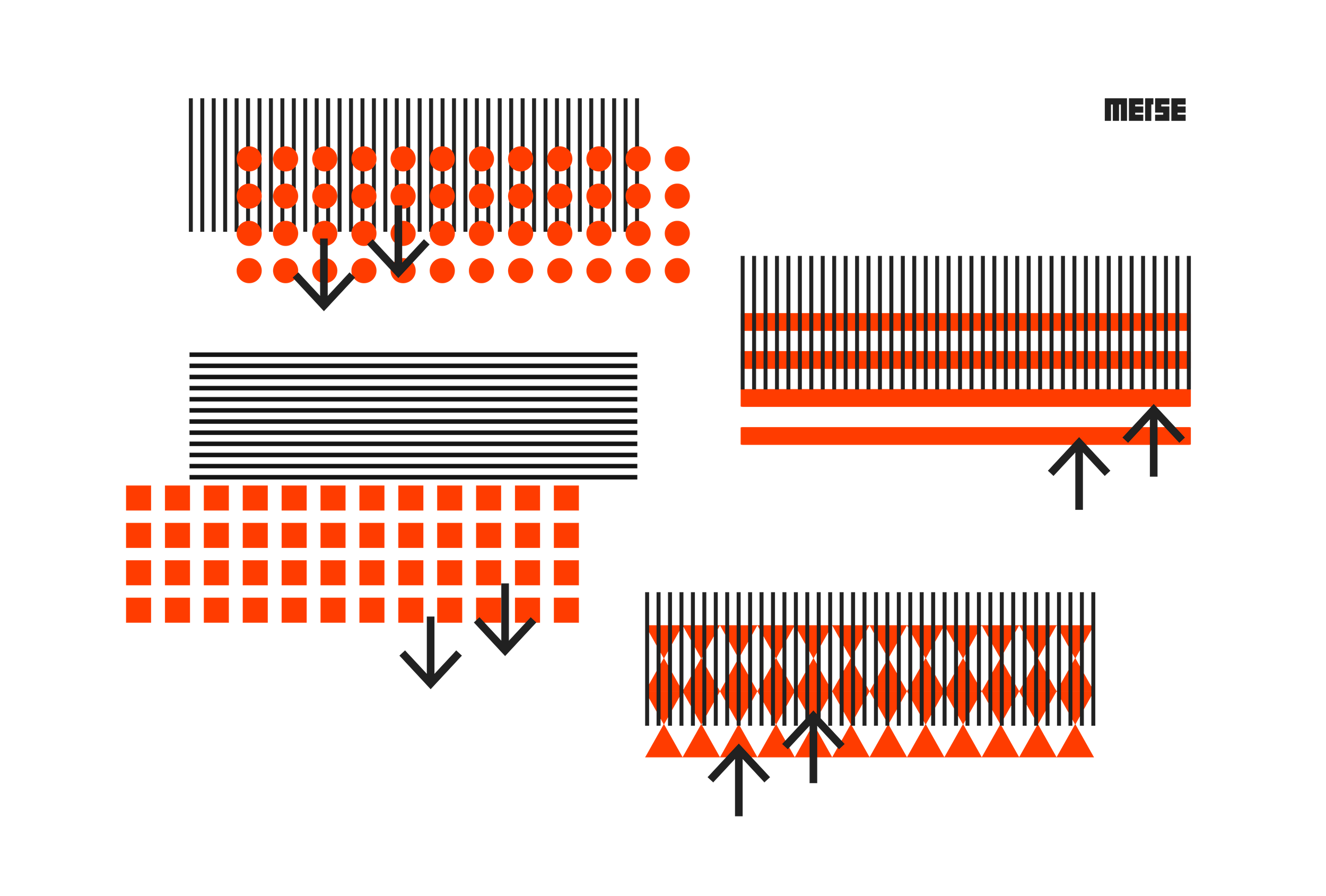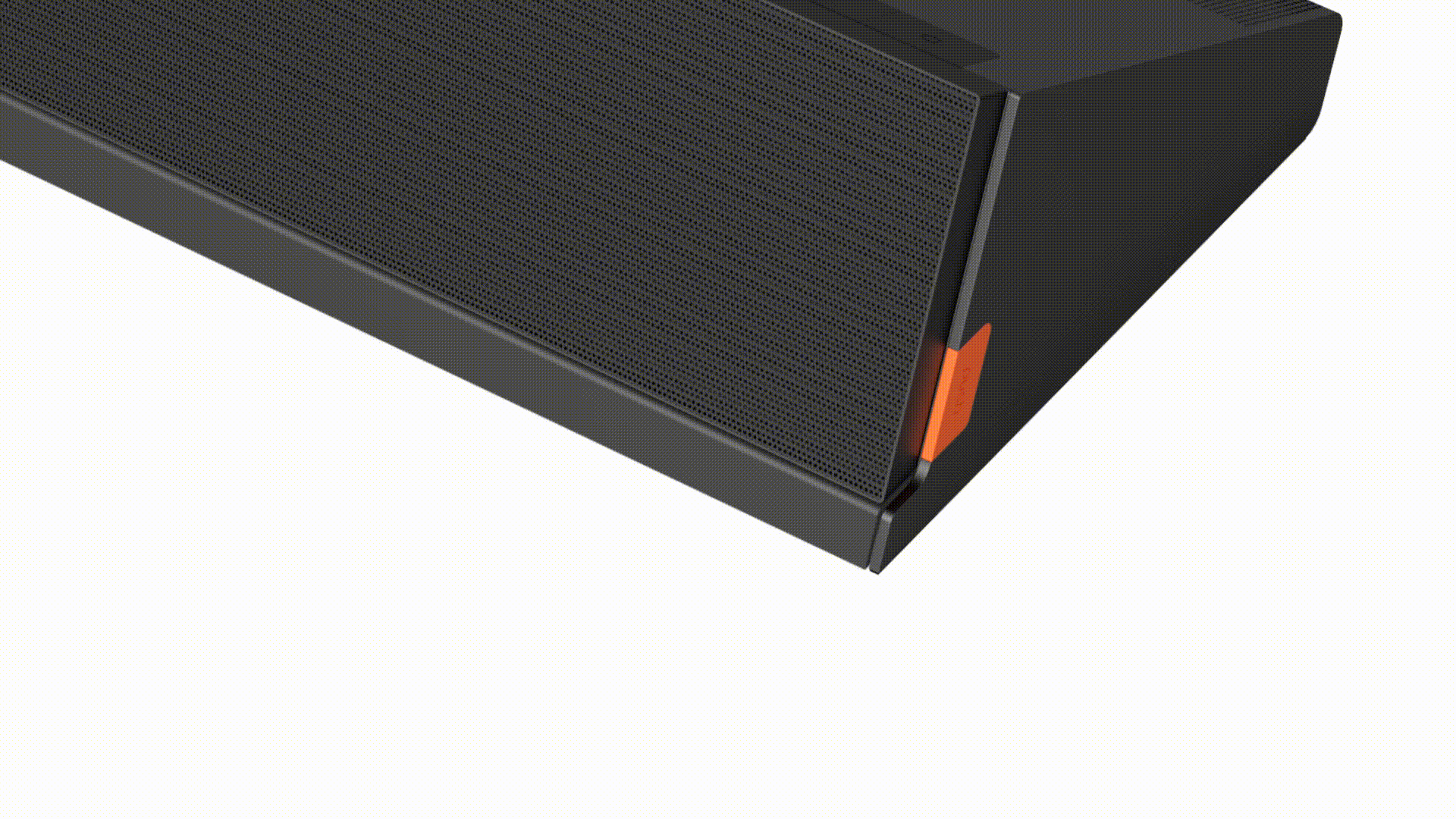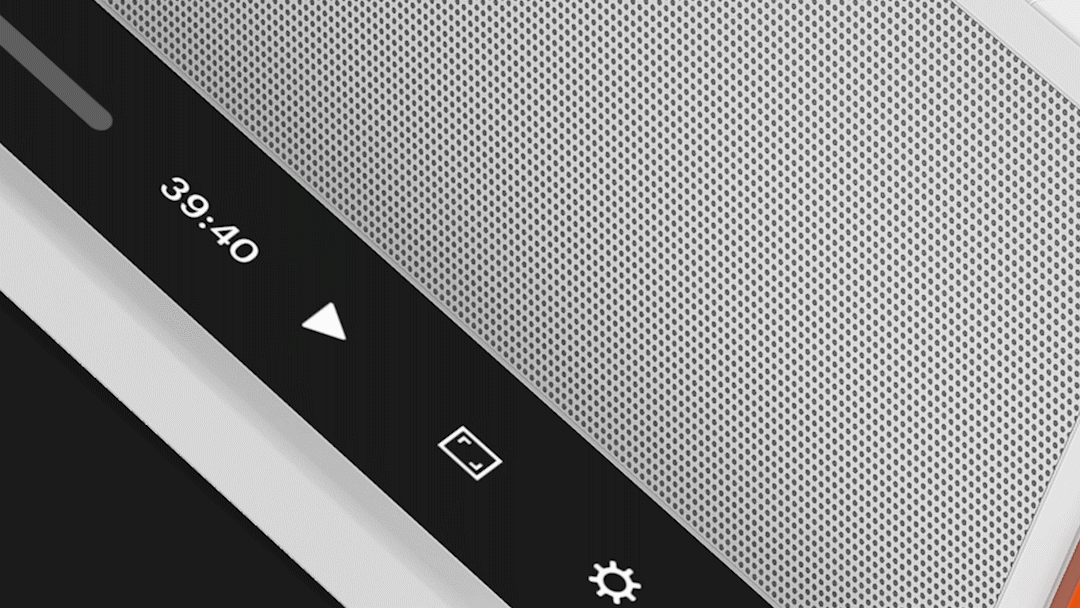Merse 1 (2019)
Merse was a concept project, and six people worked together as a team. We have a team of product designers, UX designers, and graphic designers, and I have participated in branding, apps, and visual concepts. I'll explain it by dividing it into two pages in the order of flow from research to ideas and results.

Single-person households have already become a universal family, so telecommuting, which has been difficult when living with the family, is also increasing continuously. And in a telework preference survey of 1,000 office workers, 79.3 percent responded positively to telecommuting, and many companies are now adopting telework and are satisfied with its effectiveness. The inconvenience of facing others and the development of digital infrastructure create new alternatives called home walkers. In line with this trend, we've targeted Gen-Z home workers, which will soon become a universal form.

We've designed our products/services to allow our products/services to melt naturally into the target, rather than having to do more than just do daily things, or put another new functional product to give us new challenges. To do this, we used the NUI method, which uses everyday gestures to control digital devices, to come up with a way that the vague boundaries between work and rest are clearly and psychologically transitioned. After analyzing the behavior of home workers, the monitors and speakers were a common device for work and rest, but the keyboard was excluded. In the interview, most Gen-Z home walkers said they feel like they're working when they're resting, and they say they don't need a keyboard, except for a few functions needed for video consumption, so they leave snacks or drinks there.


We focused on getting the keyboard out of the rack during the work/rest process. Take your keyboard out of the bar to start your work, or push it in to finish your work. We've focused on the experience of each action, and we've decided to come up with solutions that allow us to rest and work well when we're working.
Merse is a solution in which a sound bar and keyboard are used as one product. The combination separation of the sound bar and keyboard suggests three modes: work, rest, and pairing. In these three modes, the keyboard and sound bar look like one product through the common straight element of the sound bar and keyboard. Also by pushing and pulling the keyboard, Merse automatically switch the settings such as home IoT, mobile paring, etc.

The visual concept to represent Merse was conceived in the formulation of the product. We simplified and patterned the formative language of the firm and modern product. Merse also took visuals with two different layers overlaid and separated to maintain the meaning overlapping and separation of the keyboard and sound bar because of the work-rest boundary between the keyboard and the keyboard.

Apps linked with Merse can manipulate basic configuration settings to match your desk style and home IoT. The lighting and Air Condition setting, etc. for work and rest set by the user via app make the environment most suitable for each situation. It also provides services that display elapsed time when switching modes to help you manage your business more efficiently. Also the settings are automatically switched by pushing and pulling the keyboard.





In work mode, where the keyboard and sound bar are separated, Silent mode is activated to block the sound of alerts, such as call, message and doorbell. Missed alarms that occur during work mode are displayed in a pop-up to let users know at a glance when switching to rest mode.

When the rest mode is activated by pushing the keyboard, the 'video bar' is activated on the lower part of the exposed keyboard. 'Video bars' allow users to use the buttons that they need to watch videos or movies without using a whole keyboard. Video bar make you easy to control and search your videos.


The Merse sound bar was designed to break away from the traditional hard box shape. In line with the concept of work and rest transition, the front part of the product is parallel to the user's eyes. It also provides a richer sound experience for users through speaker orientation toward them. Merse's keyboard consists of a display, which converts it quickly and easily to match two modes of work/rest. In addition, in case of charging, the keyboard is inserted into the sound bar to make it charged, eliminating the hassle of replacing the existing battery. When you insert and remove the keyboard, press the side button to get out of the keyboard, which is a natural operation when you remove all the keyboards.

To prevent automatic work and rest modes from being changed by inserting and removing the keyboard, a lock button is set up on the side of the keyboard. If you insert the keyboard and press the lock button while the rest mode is on, the lock button prevents mode change. In contrast, when you're working by pulling the keyboard and pressing the lock button, it doesn’t automatically switch to the rest mode even if you push it back again. This helped the user choose the work and rest mode that automatically change according to the user's push and pull gesture.

